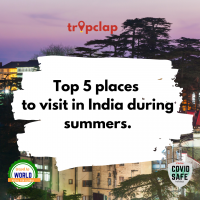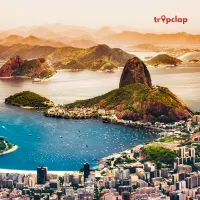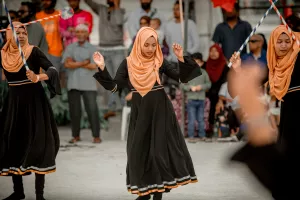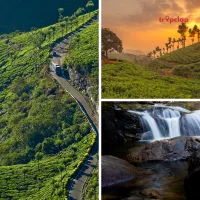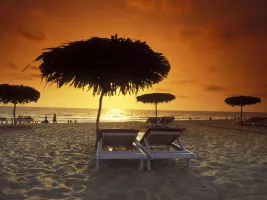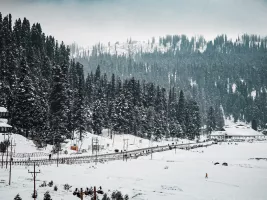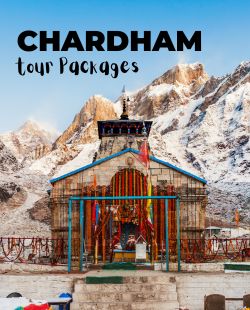Top 10 Things to do in Bangalore
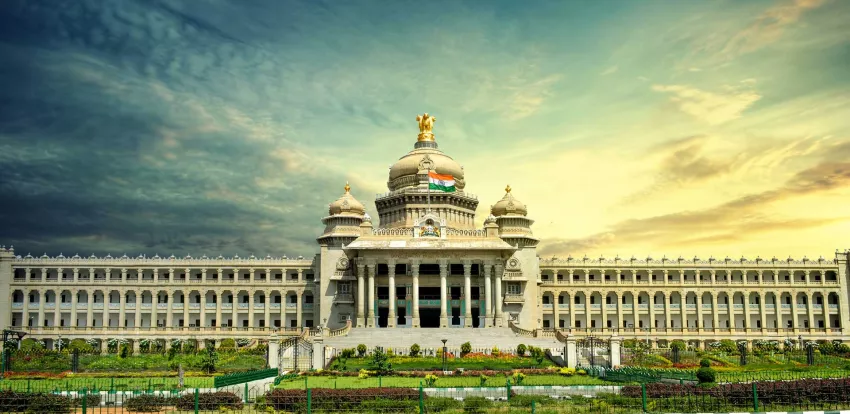
Bangalore, rightly known as the "Silicon Valley of India", is located in southern India. It is the capital of the Indian state of Karnataka and is one of the most populous cities in India. The recorded history of Bangalore dates back to the 4th century AD, when it was known as "Bengaluru". The city was ruled by the Cholas, the Hoysalas, and the Vijayanagara Empire. In 1537, it was captured by the Sultan of Bijapur. In 1638, it was captured by the Mughals. In 1763, it was captured by the Marathas. In 1799, it was captured by the British. In 1806, it was made the capital of the Mysore Kingdom. In 1853, it was made the capital of the Princely State of Mysore. In 1956, it was merged with the State of Karnataka. In 1973, it was made the capital of the State of Karnataka.
Bangalore is a major centre for the information technology industry as well as the home of many prestigious educational and cultural institutions. Apart from its educational hub, Bangalore has a variety of places that offer a mix of modern and ancient sites.
- Get impressed at Bangalore Palace
- Get photogenic at Ulsoor Lake
- Get a seat at The Government Museum in Bangalore
- Spend a day at Tipu Sultan’s Summer Palace
- Enjoy an evening at KR Market in Bangalore.
- Seeking blessings at The Bull temple
- Embrace yourself at The Janapada Loka Museum
- Explore the glory at Lalbagh Botanical Garden
- Get artistic at Karnataka Chitrakala Parishath Art Gallery
- Enjoy a day out at VV Puram Street
( 56 Reviews )
( 56 Reviews )
( 56 Reviews )
( 56 Reviews )
( 56 Reviews )
( 56 Reviews )
Get impressed at Bangalore Palace
 View Gallery - 11
View Gallery - 11
Bangalore Palace is a palace in Bangalore that was constructed in 1887 by the Rev. J. Garrett, an English missionary, and is now owned by the Mysore royal family.
The Bangalore Palace is modelled after England's Windsor Castle. The palace is 450,000 square feet (42,000 m2) in size and is surrounded by fortified walls. It's an impressive structure with turrets, spires, arches, and stained-glass windows. The interiors are equally stunning, with intricate paintings and carved wooden ceilings.
The Bangalore Palace is definitely worth a visit for anyone travelling to Bangalore. The palace is open to the public from 10:00 am to 5:00 pm.
Places to visit in Bangalore
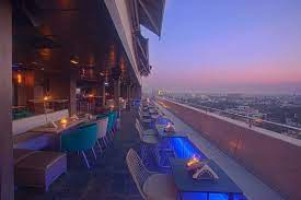
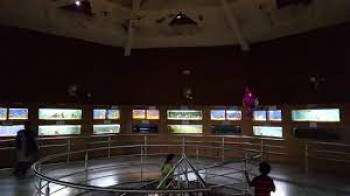
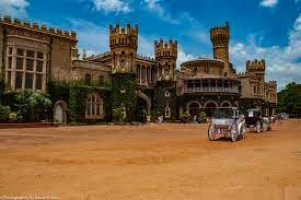

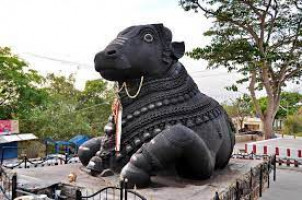
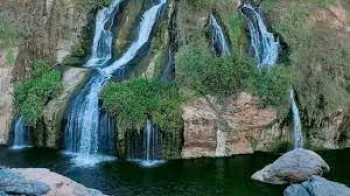
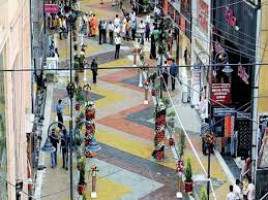
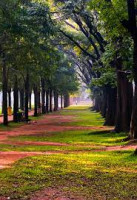

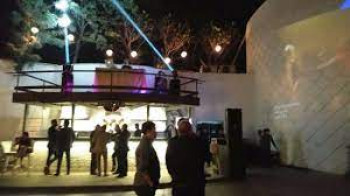
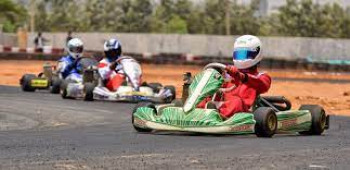
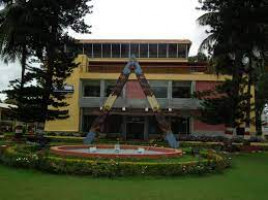
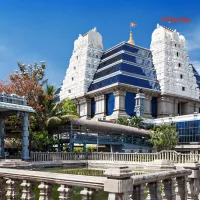
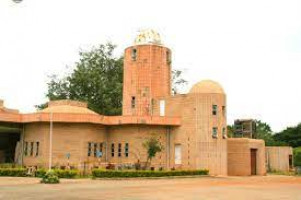
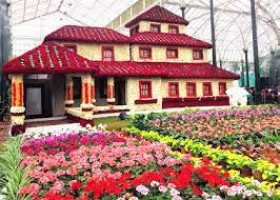
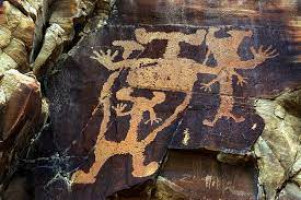
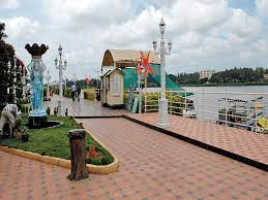
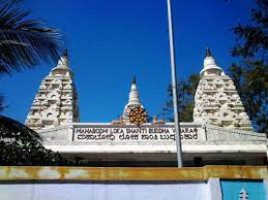
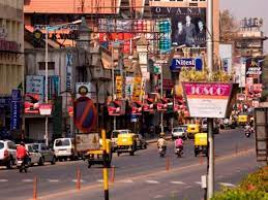
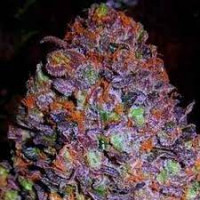
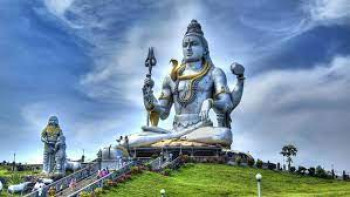
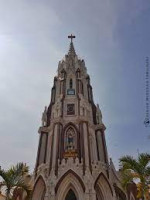
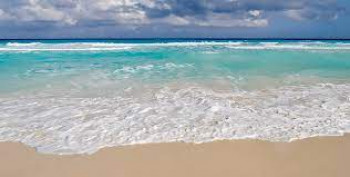
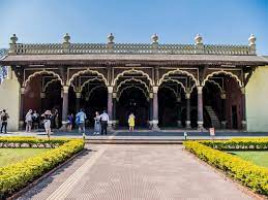
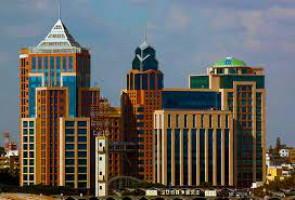
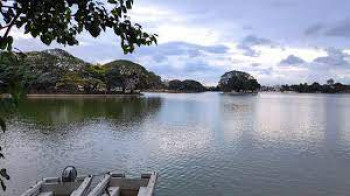
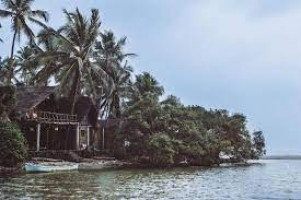
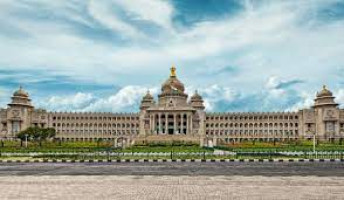

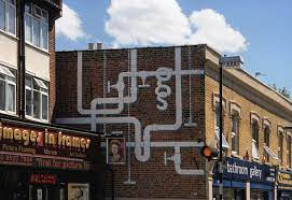
( 56 Reviews )
( 56 Reviews )
( 56 Reviews )
( 56 Reviews )
( 56 Reviews )
( 56 Reviews )
Get photogenic at Ulsoor Lake
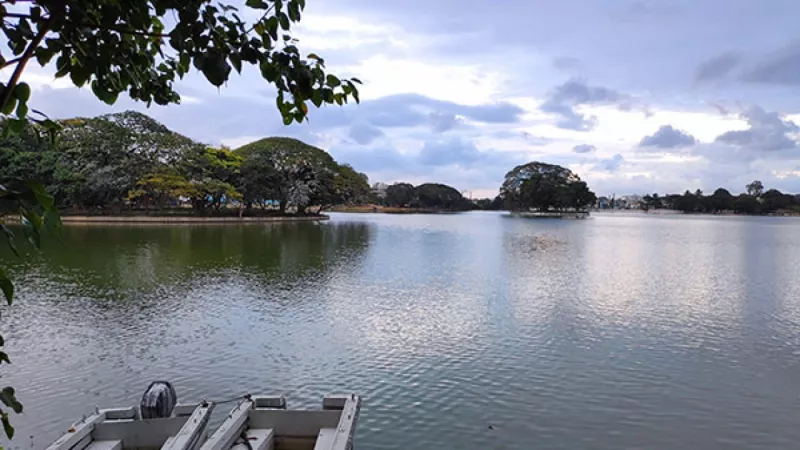 View Gallery - 11
View Gallery - 11 Ulsoor Lake is a man-made lake in Bangalore, Karnataka, India. The lake was built in 1537 by Kempe Gowda I, the founder of Bangalore. The lake was originally known as "Yelahanka Nadi," and it served as Bangalore's primary water supply. Sir Mark Cubbon, the then British Commissioner of Mysore, enlarged and renamed the lake "Ulsoor" in 1858.
Ulsoor Lake is now a popular tourist destination in Bangalore. The lake serves as a major source of water for the city and is also a popular boating destination. The lake is also home to a variety of birds, making it a popular bird watching location.
Places to visit in Bangalore






























( 56 Reviews )
( 56 Reviews )
( 56 Reviews )
( 56 Reviews )
( 56 Reviews )
( 56 Reviews )
Get a seat at The Government Museum in Bangalore
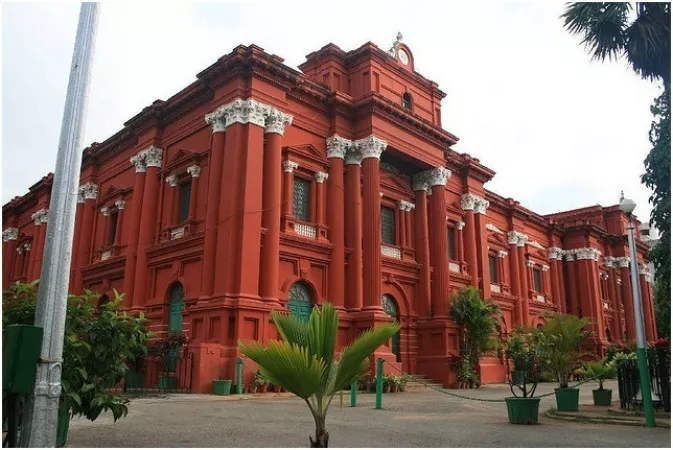 View Gallery - 11
View Gallery - 11 The Bangalore Government Museum was founded in 1876. It was relocated to the current structure in 1896. The museum houses a collection of approximately 150,000 objects. The Museum in Bangalore is a popular tourist destination. The museum is housed in a magnificent building designed in the Indo-Saracenic architectural style.
The museum houses a large collection of paintings, sculptures, and artefacts from Mysore and other parts of India. A rare 1st century BC statue of the Hindu god Shiva, a 12th century AD statue of the Jain saint Bahubali, and a 17th century painting of the Hindu goddess Durga are among the notable exhibits.
Places to visit in Bangalore






























( 56 Reviews )
( 56 Reviews )
( 56 Reviews )
( 56 Reviews )
( 56 Reviews )
( 56 Reviews )
Spend a day at Tipu Sultan’s Summer Palace
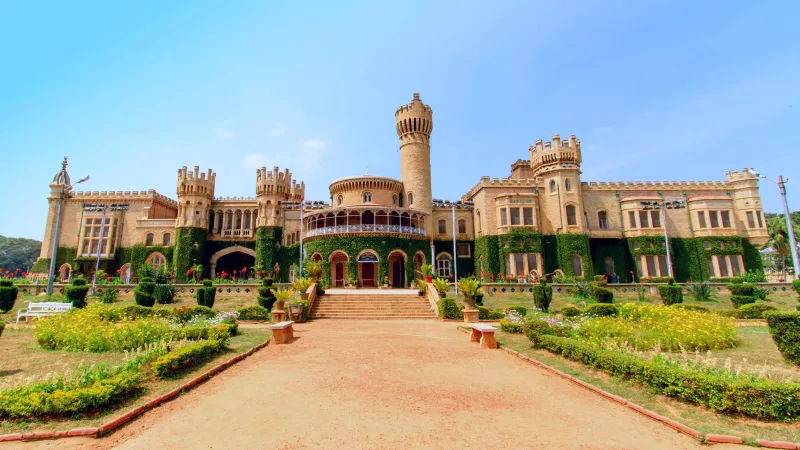 View Gallery - 11
View Gallery - 11 The Tipu Sultan's Summer Palace is a tourist attraction in Srirangapatna, a suburb of Bangalore. Tipu Sultan built the palace in the 18th century, and it is now a popular tourist destination. Because of its architectural brilliance, the palace is rightly known as the "Abode of Happiness' and the "Envy of Heaven.'
It's a great example of Indo-Islamic architecture, combining Islamic, Hindu, and European elements. The palace is a three-story structure with a stunning central dome. The exterior is ornately carved and painted, and the interior is lavishly furnished with carpets, textiles, and furniture.
Places to visit in Bangalore






























( 56 Reviews )
( 56 Reviews )
( 56 Reviews )
( 56 Reviews )
( 56 Reviews )
( 56 Reviews )
Enjoy an evening at KR Market in Bangalore.
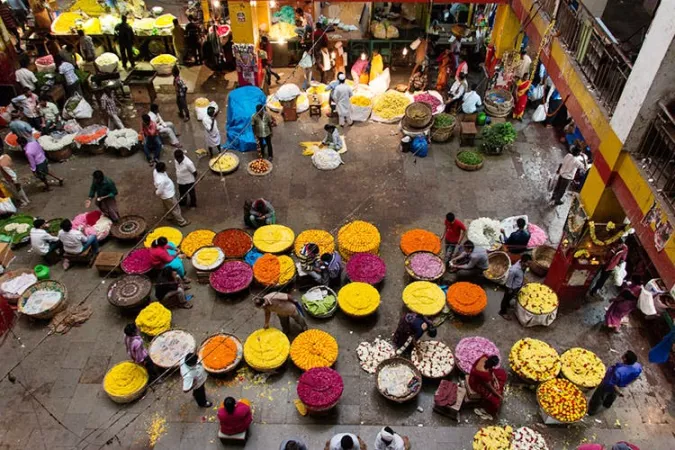 View Gallery - 11
View Gallery - 11 The KR Market in Bangalore is a popular tourist attraction because it is one of the oldest markets in the city. It is also known for its wide variety of fruits, vegetables, and spices. The KR Market in Bangalore is one of the oldest markets in the city. It was established in the early 20th century. The market is named after Krishnaraja Wadiyar IV, the last king of the Mysore dynasty.
So, if you want to just take a heritage walk and soak yourself in the fragrance of history and buy authentic spices, you know the perfect spot in Bangalore.
Places to visit in Bangalore






























( 56 Reviews )
( 56 Reviews )
( 56 Reviews )
( 56 Reviews )
( 56 Reviews )
( 56 Reviews )
Seeking blessings at The Bull temple
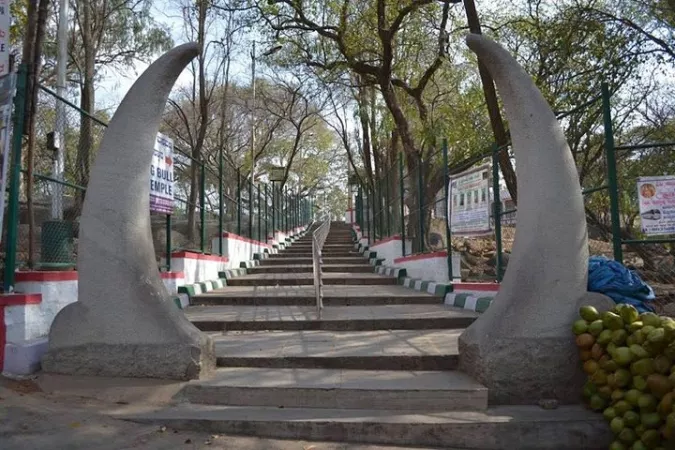 View Gallery - 11
View Gallery - 11 Bangalore reflects the southern style of architecture in a very minimal yet intricate way, and if you want to witness such, The Bull Temple is one of them. Located in the heart of the city. It is dedicated to Nandi, the mount of Lord Shiva. The temple is said to have been built in the 16th century by Kempe Gowda, the founder of Bangalore. The temple is a simple structure with a large Nandi statue in the front. The Nandi statue is made of black granite and is said to be one of the largest in the country. The temple is a popular tourist attraction in Bangalore and is visited by thousands of devotees every year.
Places to visit in Bangalore






























( 56 Reviews )
( 56 Reviews )
( 56 Reviews )
( 56 Reviews )
( 56 Reviews )
( 56 Reviews )
Embrace yourself at The Janapada Loka Museum
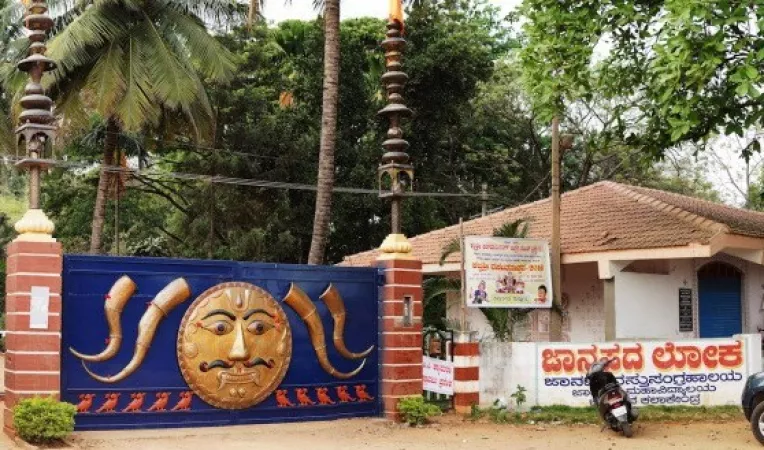 View Gallery - 11
View Gallery - 11 The Janapada Loka Museum is one of the most unique tourist attractions dedicated to Indian village heritage.
Artifacts from various Indian villages, such as traditional costumes, musical instruments, and farming tools, are on display at the museum. It also has a traditional village layout, complete with thatched-roof houses, cowshed, and traditional well.
Janapada Loka was once known as the Cantonment Area because it housed British Army barracks. The area was handed over to the Indian Army after India's independence. The area was opened up for civilian use in the late 1990s, and the Janapada Loka locality was established.
The museum is open daily from 10:00 a.m. to 6:00 p.m.
Places to visit in Bangalore






























( 56 Reviews )
( 56 Reviews )
( 56 Reviews )
( 56 Reviews )
( 56 Reviews )
( 56 Reviews )
Explore the glory at Lalbagh Botanical Garden
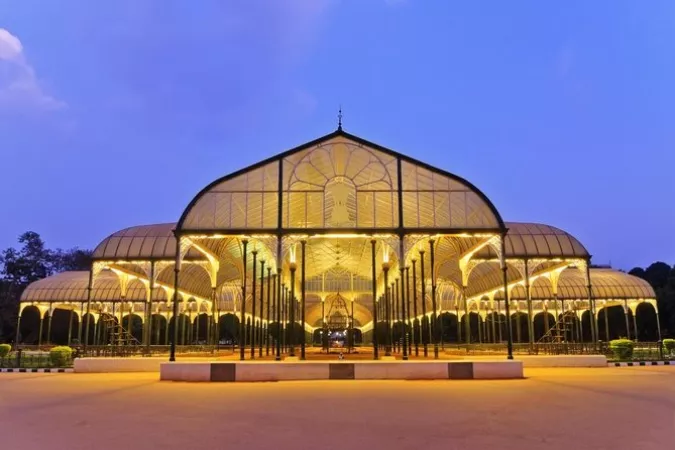 View Gallery - 11
View Gallery - 11
The Lalbagh Botanical Garden in Bangalore, India, is a popular tourist destination. The park encompasses 240 acres (97 hectares). The garden contains a diverse collection of plants, including a large collection of bamboos. There is also a lake and a glasshouse in the garden.
Hyder Ali commissioned the Lalbagh Botanical Garden in 1760, and Tipu Sultan later expanded it. Ali, Hyder He was interested in horticulture and wanted to create an impressionable botanical garden. It was created by French engineers and has since become a popular tourist destination.
After the fall of the Mysore dynasty, the Lalbagh Botanical Garden was neglected for many years. It was later restored, however, and it is now a popular tourist attraction.
Places to visit in Bangalore






























( 56 Reviews )
( 56 Reviews )
( 56 Reviews )
( 56 Reviews )
( 56 Reviews )
( 56 Reviews )
Get artistic at Karnataka Chitrakala Parishath Art Gallery
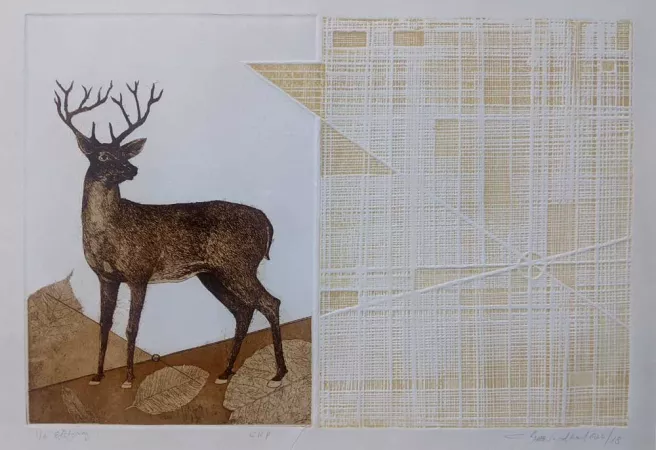 View Gallery - 11
View Gallery - 11 Karnataka holds a different place in the Indian subcontinent when it comes to music and art. And Bangalore righteously holds the culmination of its heritage in various tones. Some of them rejoice through commercial chains, while others are open to the naked eye and cherish the aroma of ancient Karnataka, and the Karnataka Chitrakala Parishath art gallery is unquestionably one of them.
The Karnataka Chitrakala Parishath art gallery in Bangalore was founded in 1949 by S. L. Bhyrappa and his wife, Dr. B. A. Jayamma. The gallery is dedicated to the promotion and exhibition of Indian art. The Chitrakala Parishath art gallery in Bangalore is a popular tourist attraction in Karnataka. The gallery is home to a large collection of Indian art, including paintings, sculptures, and handicrafts.
The gallery is open every day from 10:00am to 5:00pm.
Places to visit in Bangalore






























( 56 Reviews )
( 56 Reviews )
( 56 Reviews )
( 56 Reviews )
( 56 Reviews )
( 56 Reviews )
Enjoy a day out at VV Puram Street
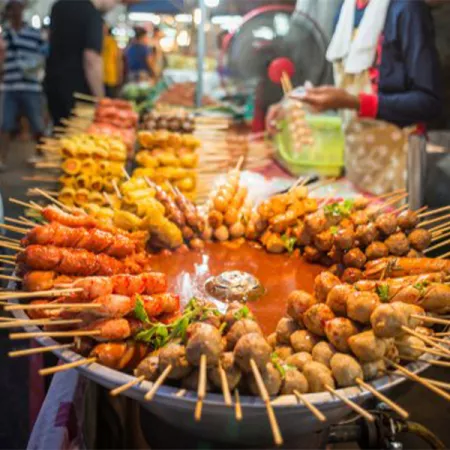 View Gallery - 11
View Gallery - 11 Food is thought to be very important in Bangalore. The city is dotted with restaurants that serve some of the best food in India. However, if you want to experience the true flavour of Bangalore, head to VV Puram Street. It is said that the street food in this area originated during Tipu Sultan's reign. He is said to have brought from North India a number of cooks to cook for his army. Following his death, these cooks remained in the area and began selling their food on the streets.
Now that you know, why not enjoy your favourite dish while hearing some of Bangalore's fascinating stories?
Places to visit in Bangalore






























( 56 Reviews )
( 56 Reviews )
( 56 Reviews )
( 56 Reviews )
( 56 Reviews )
( 56 Reviews )

Suchismita Das

Tell us about your trip

Get Custom quotes from top agents.

Choose the package you like
• Copenhagen • Pai • Shivanasamudra Falls • Paris • Salzburg • Ramnagar • Murshidabad • Teluk Bahang • Amritsar • Anini • Bruges • Koh Samui • Chail • Samut Prakan • Mandu • Bilaspur • Auroville • Vaadhoo Island • Nanakmatta • Labuan • Jamshedpur • Zadar • Nandi Hills • Murudeshwar • Valley of Flowers • Bellikkal • Ludhiana • Koh Lipe • Koh Tao • Uttarkashi • Pushkar • Langkawi • Narkanda • Sibu • Bokaro Steel City • Ganapatipule • Adilabad • Santiniketan • Georgetown Penang • Oslo • Mantralayam • Udaipur • Subramanya • Pekan • Gangotri • Palampur • Batu Ferringhi • Dochula Pass • Mui Ne • Jodhpur
Kashmir Tour Packages Andaman Tour Packages Kerala Tour Packages Shimla Tour Packages Manali Tour Packages Sikkim Tour Packages Uttarakhand Tour Packages Rajasthan Tour Packages Chardham Tour Packages Gujarat Tour Packages Rameswaram Tour Packages Gangtok Tour Packages Goa Tour Packages Jaipur Tour Packages Ooty Tour Packages Jim Corbett Tour Packages Mussoorie Tour Packages Kanyakumari Tour Packages Meghalaya Tour Packages Ladakh Tour Packages
Dubai Tour Packages Bali Tour Packages Singapore Tour Packages Thailand Tour Packages Maldives Tour Packages Bhutan Tour Packages Vietnam Tour Packages Mauritius Tour Packages Nepal Tour Packages Europe Tour Packages Sri lanka Tour Packages Turkey Tour Packages Malaysia Tour Packages Azerbaijan Tour Packages


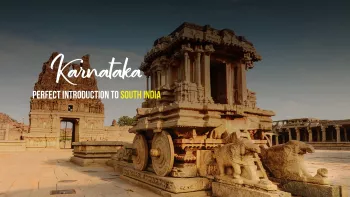
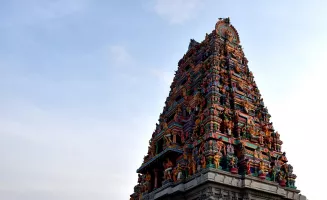
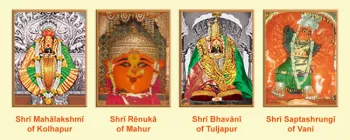
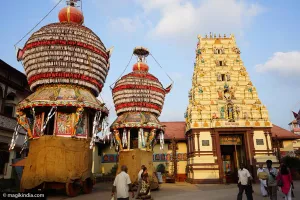
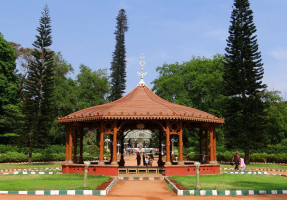
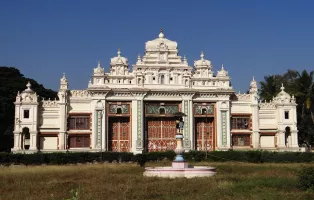
 May
May June
June July
July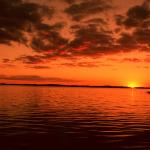 August
August September
September October
October November
November December
December January
January February
February March
March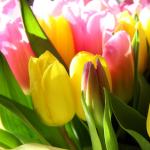 April
April





